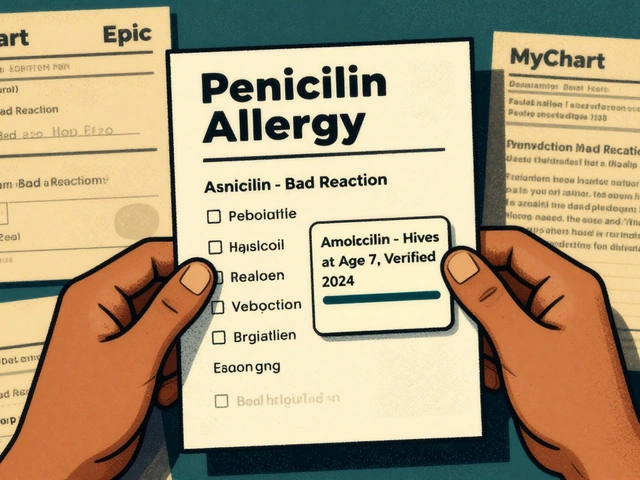Xolair (omalizumab): What It Does and Who Should Consider It
If allergies or chronic hives are ruining your life, Xolair could be a real option. Xolair is the brand name for omalizumab, a biologic drug that targets IgE — the antibody that drives many allergic reactions. It’s not a quick fix like an inhaler or antihistamine, but for people with severe allergic asthma or chronic spontaneous urticaria who don’t get relief from standard treatments, Xolair can cut flare-ups and improve daily life.
How Xolair works and how you get it
Xolair binds to free IgE in the blood and stops it from triggering allergy cells. That lowers allergic inflammation over time. It’s given as an injection under the skin, usually in a clinic or doctor’s office. Dosing depends on body weight and blood IgE levels for asthma; for chronic hives, dosing follows a different schedule set by your provider. Treatment is repeated every 2 to 4 weeks, and you’ll need regular follow-up so the team can check whether it’s working for you.
Important: Xolair is not a rescue medicine. Keep your inhaler or emergency plan handy for sudden attacks.
Benefits, risks, and real-world tips
Many people see fewer asthma attacks, less need for steroids, and fewer hives after a few months. But results vary — some patients respond quickly, others take longer. Side effects you might notice include injection-site pain, mild fever, or fatigue. Rarely, serious allergic reactions can happen after a dose. Clinics usually observe patients for a short time after injections and will tell you what to watch for at home: sudden rash, swelling, trouble breathing, or dizziness.
Before starting Xolair, your doctor will review your medical history, current medicines, and possible infections. Tell them about pregnancy plans or if you’re breastfeeding — data is limited and your team will help weigh risks and benefits. Also mention any previous severe allergic reactions to medicines.
One practical hurdle is cost and prior authorization. Xolair is expensive and often requires paperwork from your doctor and insurance approval. Ask your clinic about patient support programs from the manufacturer and whether a specialty pharmacy can help with paperwork and delivery. Bring this up early so treatment isn’t delayed.
Questions to ask your provider: How long should I try Xolair before deciding if it works? What are the exact signs of a serious reaction? Who handles prior authorization and cost help? Will I be monitored after each dose? Clear answers make the process smoother.
Xolair is a targeted option, not a cure-all. If standard treatments aren’t helping and allergic IgE plays a role in your symptoms, talk with an allergy or asthma specialist. They can walk you through tests, expectations, and the paperwork so you know what to expect at each step.

Looking for alternatives to Ventolin? This article breaks down nine options, including new biologics and tried-and-true inhalers, comparing how they work, who they help, and what to keep in mind. Whether you need something stronger or just want to know your options, this guide has you covered. Expect practical facts and honest pros and cons for each alternative. No sugar-coating—just clear info to help you breathe easier.
Continue Reading




